The Paid Search landscape is continuing to evolve by diversifying keyword strategies to incorporate audiences. This has allowed businesses to reach more online consumers with ads that are contextually relevant to their search query, intent, location, and more.
One such strategy includes Remarketing Lists for Search Ads. In this blog post, GSM will cover the benefits and basics of this overlooked Paid Search targeting strategy.
What are Remarketing Lists for Search Ads (RLSAs)?
Although not new, but definitely underused, a Remarketing List for Search Ads (RLSA) is a Google Ads feature that enables advertisers to customize their search ad campaigns for users who have previously visited their site.
This helps you grow leads and conversions with the users who left your site without converting (buying something, submitting a form, downloading something, etc.). When they continue to search for what they need using Google Search, you can tailor your bids, create ads, or select keywords that are more specific to their wants and needs in real time based on the behavior they exhibit on your website.
RLSA Targeting Example
Ron visits your dealership’s parts and accessories page and clicks on the “All-Weather Floor Liners.” However, he decides he wants to see if they’re on sale anywhere else, so he leaves your site.
Later that day, Ron searches for “All-Weather Floor Liners on sale” and notices an ad from your dealership and the liners have been discounted! He quickly returns to your site to purchase them. Based on Ron’s search queries and the pages he visited on your site; your dealership was able to serve Ron a custom search ad for the accessory he wanted with a deal—exactly what Ron wanted!
How are RLSAs different from Display Ad Remarketing?
RLSAs may sound like display ad remarketing but they have distinct differences. The only thing these targeting methods have in common is that they both track users and add them to lists to use in online targeting.
One main difference is how the lists of consumers are used. RLSAs do not automatically show ads to users because they are on your remarketing list. Users have to be actively searching on Google using the keywords you are bidding on within you search campaigns to see your ad.
For display ad retargeting lists, the user does not need to be currently searching for the keywords in your bidding strategy. Instead, display ads of items they have expressed interest in, or similar items, are shown to them across the web in an effort to bring the user back to the website for conversion.
Display Ad Retargeting Example
For example, Pam visited your site and looked at the 2020 Honda Pilot because she is considering buying a new vehicle. She leaves your site and explores Pinterest for some dinner recipes, when she notices an ad for a red 2020 Honda Pilot—just like the one she saw on your site. She decides she would like to take it for a test drive over the weekend, so she clicks your ad and books a test drive.
The difference in this scenario, versus Ron’s, is that Pam was not searching for the Honda Pilot on Google Search. She was browsing an unrelated website (Pinterest) and was brought back to the dealership site by being shown something she had already showed interest in on that site.
Benefits of RLSA
Small businesses may not be able to compete with large business that have a bigger marketing budget for Google Ads, which is what makes RLSAs a game changer. RSLAs show ads only to users who have already visited a page on your website.
This means your budget will last longer than on standard search ads because the users seeing the ads are likely more qualified because they are already aware of your brand and have visited your site.
Concluding points
- You are targeting people who are already aware of your site: Targeting individuals who have already shown interest in your online offerings are much more likely to purchase something than someone who has never heard of your brand or company before.
- Often a more efficient use of ad spend: RLSAs allow advertisers to develop custom ad copy and bid on keywords they may not normally be able to afford.
- Better conversion rates: Targeting individuals with demonstrated or known purchase intent will earn more conversions than targeting prospects.










